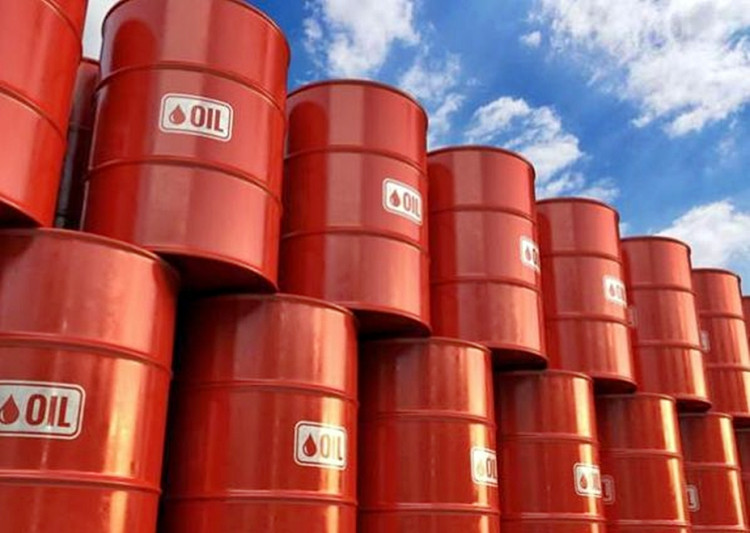Oil prices plunged to their lowest in over a year Tuesday, despite a pledge two weeks ago by OPEC+ to scale-down oil production by 1.2 million barrels per day in a new bid to hike prices to $70 per barrel.
Crude prices fell 4 percent on both Monday and Tuesday. West Texas Intermediate (WTI) crude dropped below $48 per barrel and Brent fell below $58. It fell 7.3 percent in a Tuesday session when it fell to its lowest since August 2017 at $45.79. Global benchmark Brent dropped 5.62 percent on Tuesday, at one point sinking to a 14-month low of $56.16 a barrel.
Oil prices later staged a paltry rally of sorts with the global benchmark Brent inching upwards by 0.85 percent, or 49 cents, at $56.75 per barrel. U.S. crude oil climbed 37 cents, or 0.8 percent, to $46.24 per barrel.
The U.S. Energy Information Administration (EIA) said in its latest Drilling Productivity Report it expects U.S. shale production to exceed 8.1 million barrels per day (bpd) in January 2019, or a massive 134,000 bpd month-on-month increase.
Analysts said the price plunge was triggered by the mounting dread of a global economic downturn, worsened by an existing massive oversupply. And, of course, there's the fallout from Trump's trade war; fears of higher U.S. interest rates starting today; the extremely volatile U.S. equity markets and a slew of negative factors both domestically and globally.
They said the likelihood is a general economic slowdown worldwide in 2019 will slash oil demand. It's not the news anticipated by OPEC+, which announced production cuts two weeks ago in a renewed attempt to balance the saturated market.
An economic downturn will make the job of OPEC+ much more difficult. Commerzbank noted the stabilization of the oil market "is already history ... and the effect of the announced production cuts after OPEC's meeting has evaporated entirely." Bad news from whatever angle.
Oil industry market intelligence provider Genscape, Inc confirmed inventories are rising. This unwanted boost is fueling fears of weak demand amid huge supply growth. Genscape said the Cushing number came in higher than anticipated. The Cushing number is a price settlement point for West Texas Intermediate on the New York Mercantile Exchange.
The hike definitely confirms the concern there's a lot more supply and demand is weakening. The market is still very nervous about that, according to one analyst. More bad news: the Permian Basin in the U.S. alone will see production rise by 73,000 bpd in January.
Some analysts concur that with WTI dropping below $50 per barrel, the chance is they're going to see a supply slowdown in the U.S. early in 2019.






